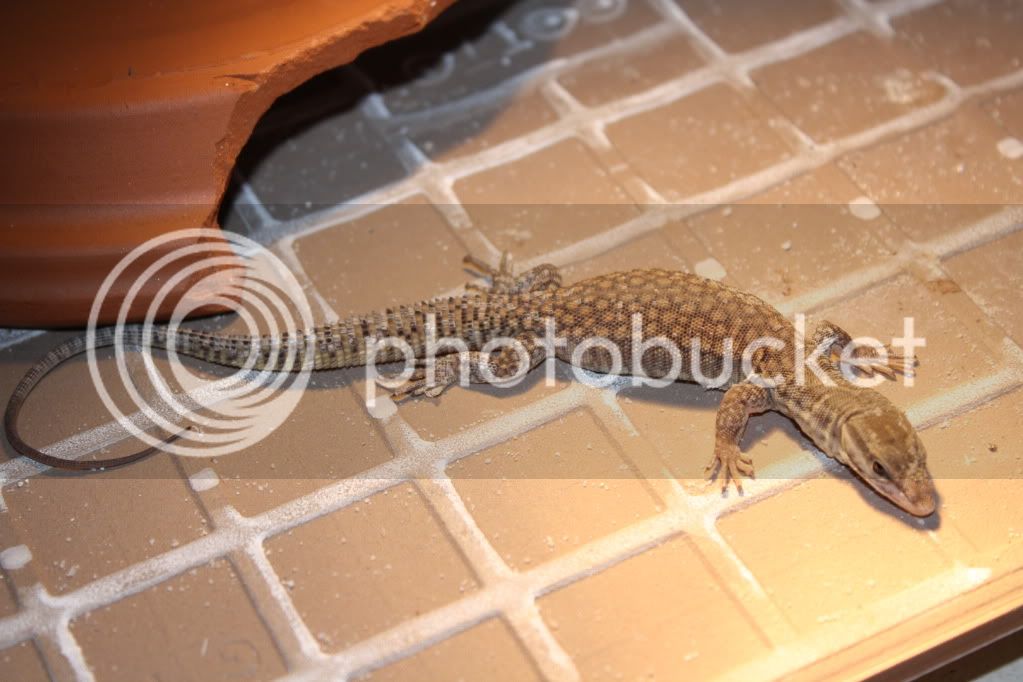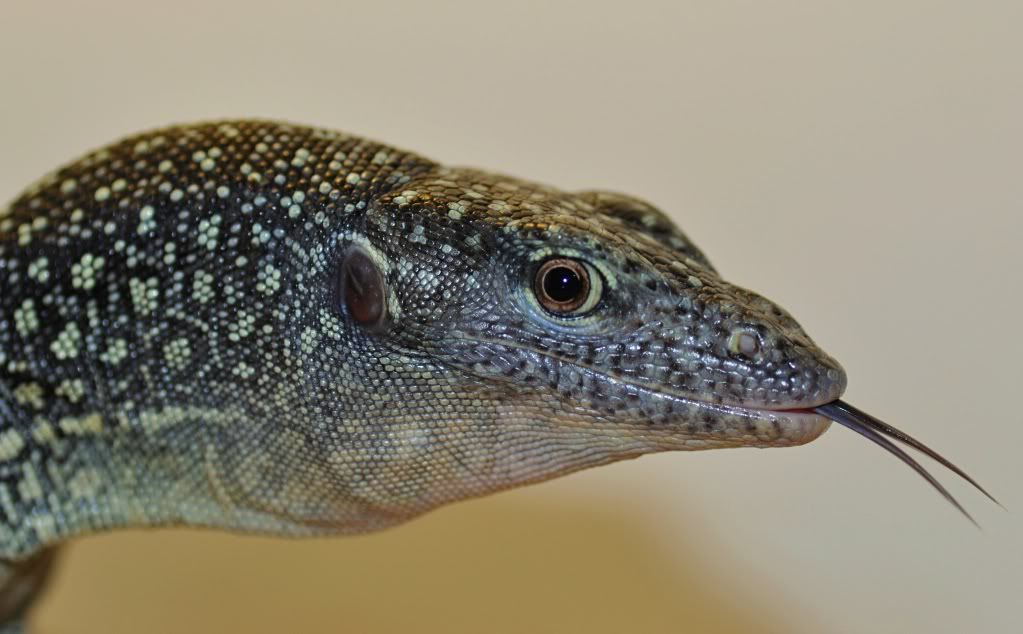longqi
Very Well-Known Member
I honestly have no idea about its breeding or wild caught status
But it is very very tame so I assume it is captive bred
Spongebob
More and more Indo species are being added to that list
Most turtle/terrapins All chondros, Boelins and Komodos of course, Burmese and even a few of the less venomous vens
Hopefully the many varieties of Forest Dragons will get added soon
Great to see and will hopefully slow down the illegal export trade a bit
Its been open season here for far too long and too many wild caught ended up the overseas markets
Virtually any reptile you can name is being bred here now for hobbyists
Over 200,000,000 people so the local market is just exploding
Biggest market is probably geckos of every shape and colour imaginable
Iguanas are not native
But lots of them were imported a long time ago
Plenty of these escaped and there are wild populations throughout Indo
Our big green one was wild caught in a Bali orchard
I must admit Im not really that into lizards being more of a snake person
But if I see any more cool looking ones I'll drop them in here
If I dont put the name its only because I dont know
But it is very very tame so I assume it is captive bred
Spongebob
More and more Indo species are being added to that list
Most turtle/terrapins All chondros, Boelins and Komodos of course, Burmese and even a few of the less venomous vens
Hopefully the many varieties of Forest Dragons will get added soon
Great to see and will hopefully slow down the illegal export trade a bit
Its been open season here for far too long and too many wild caught ended up the overseas markets
Virtually any reptile you can name is being bred here now for hobbyists
Over 200,000,000 people so the local market is just exploding
Biggest market is probably geckos of every shape and colour imaginable
Iguanas are not native
But lots of them were imported a long time ago
Plenty of these escaped and there are wild populations throughout Indo
Our big green one was wild caught in a Bali orchard
I must admit Im not really that into lizards being more of a snake person
But if I see any more cool looking ones I'll drop them in here
If I dont put the name its only because I dont know





